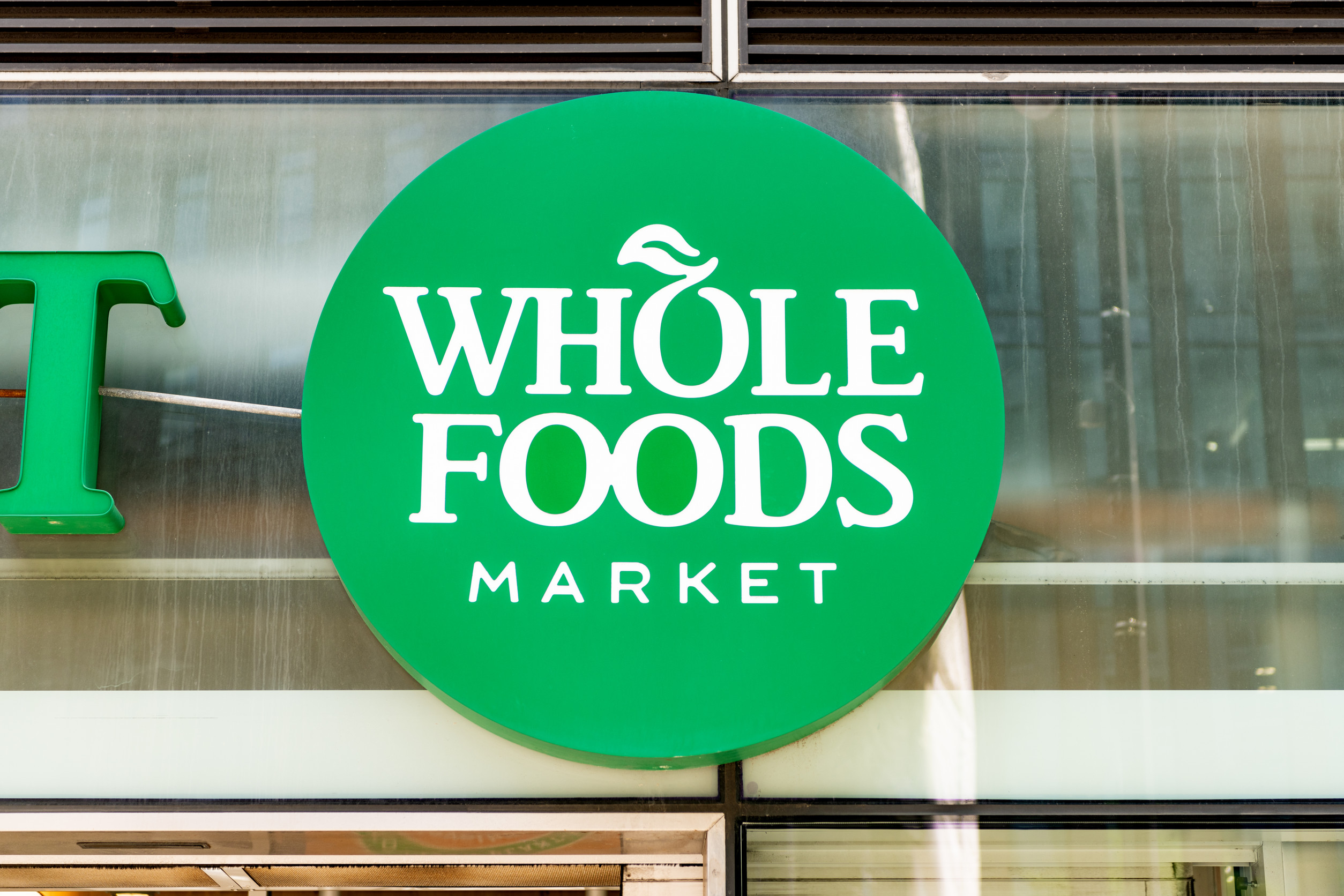There’s something about walking into Whole Foods that feels different. The lighting is soft, the produce is perfectly arranged, and the vibe whispers, “You’re doing something good for yourself.” But let’s be real—shopping at Whole Foods can feel less like a grocery run and more like a status symbol. Is it really about clean eating and organic labels, or are we paying extra for aesthetics and social clout? Here’s a closer look at whether that Whole Foods cart is a wellness win—or a financial red flag.
1. The Aesthetic Is Impressive, But You Pay for It
Whole Foods knows how to make grocery shopping feel like a curated experience. From the chalkboard signs to the fresh flower section at the entrance, the store feels more like a boutique than a market. But all that beauty comes with a price tag—and often, it’s built into the products themselves. You’re not just buying eggs; you’re buying pasture-raised, locally sourced, Instagram-worthy eggs. Shopping at Whole Foods means you’re paying for presentation, not just product.
2. Organic Doesn’t Always Mean Better—or Healthier
Many shoppers go to Whole Foods assuming that “organic” equals “healthier.” But not every organic item is nutritionally superior, and not all processed organic snacks are good for you. Organic gummy bears are still gummy bears. Sometimes, non-organic versions from other stores are just as safe, especially for produce that doesn’t retain pesticides, like avocados or bananas. If you’re shopping at Whole Foods only because of the organic label, make sure you’re not just falling for clever marketing.
3. Some Items Are Surprisingly Affordable (With a Catch)

Image Source: 123rf.com
To be fair, not everything at Whole Foods breaks the bank. Their 365 store brand offers decent deals on staples like canned goods, pasta, and frozen vegetables. Amazon Prime members also get extra discounts, and occasional sales can make the store competitive with others. But you have to be disciplined and stick to your list—impulse buys here can ruin your budget fast. Shopping at Whole Foods on a tight budget is possible, but it takes effort and restraint.
4. The Meat and Seafood Counter Is High-Quality—but Pricey
Whole Foods is known for its strict standards on animal welfare and sustainable sourcing, especially in its meat and seafood departments. If these values matter to you, then this might be where shopping at Whole Foods makes sense. However, the quality comes with a steep markup—chicken breasts and salmon fillets can easily cost double what you’d pay elsewhere. It’s about what you value: ethics, taste, and traceability, or a lower grocery bill. For some shoppers, the peace of mind is worth it—for others, it’s simply out of reach.
5. The Prepared Foods Section Is Both a Blessing and a Trap
Let’s talk about the hot bar and grab-and-go meals. They’re delicious, convenient, and make you feel like you’re eating healthy—even if you’re loading up on mac and cheese. But these options are notoriously expensive, and the pricing often isn’t obvious until you hit the register. When you’re shopping at Whole Foods and short on time, it’s easy to justify these quick meals—but the costs add up fast. One $15 lunch here and there might seem harmless, but it can blow up a weekly budget if you’re not careful.
6. You Might Be Paying for Brand Loyalty, Not Actual Value
There’s a certain pride that comes with being a “Whole Foods person.” The bags are reusable, the produce is colorful, and there’s a cultural clout that comes with saying, “I shop at Whole Foods.” But in reality, many of the same products—sometimes the exact same brands—are available at other grocery stores for less. Shopping at Whole Foods might make you feel like you’re making the best choice, but it’s worth asking whether you’re buying into an identity more than an actual value.
7. Budget-Conscious Shoppers Have Better Options Elsewhere
Stores like Aldi, Trader Joe’s, and even Walmart are upping their game with organic offerings, health-focused options, and budget-friendly pricing. Many of these stores offer the same pantry staples, produce, and even specialty items at significantly lower prices. If your goal is clean eating without the Whole Foods markup, it’s very doable. Shopping at Whole Foods might feel luxurious, but it’s rarely the most economical route—especially for families or tight monthly budgets.
Whole Foods: Wellness Investment or Wallet Drain?
The truth is, shopping at Whole Foods isn’t inherently wrong—but it should come with intention. If you value sustainability, clean ingredients, and a well-curated shopping experience, Whole Foods delivers. But if your grocery trips are leaving you anxious at the checkout line, it might be time to reassess whether that flex is worth the financial strain. Ultimately, smart shopping is about balance—splurge on what matters most, save where you can, and don’t let the vibe decide your values.
Do you shop at Whole Foods for the quality—or do you think it’s all hype? Share your grocery shopping habits and tips in the comments below!
Read More
Which Health Food Store is Better? Whole Foods or Sprouts
Essential Grocery Price Comparison: Walmart, Target, Whole Foods


